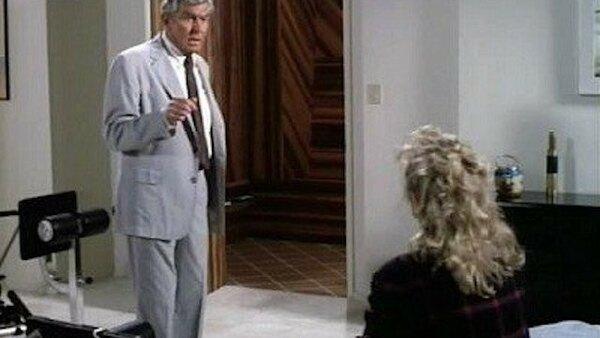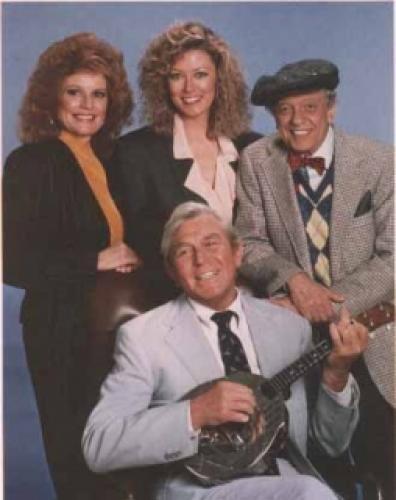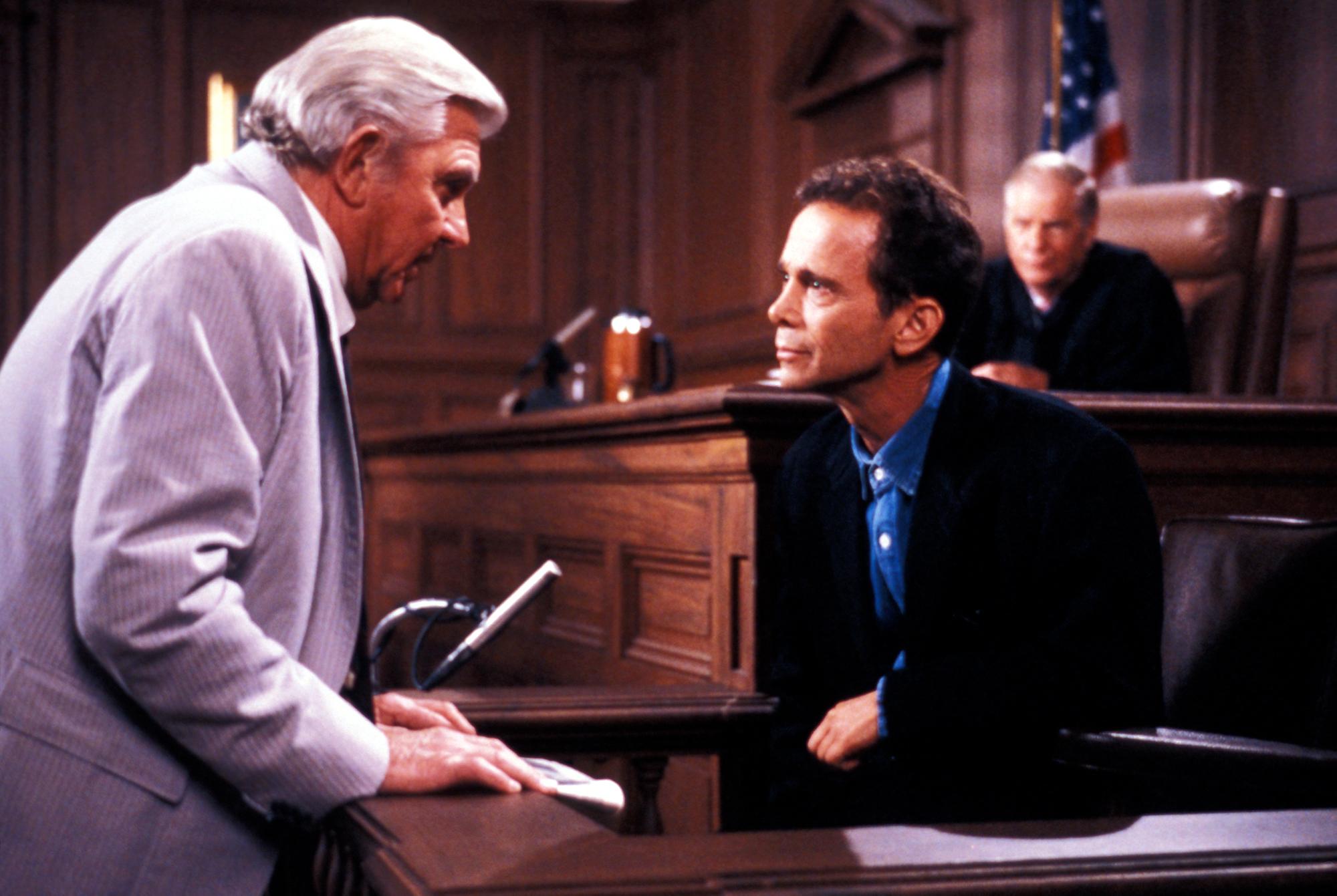In the pantheon of courtroom dramas, few television series have achieved the enduring legacy and critical acclaim of “Matlock.” Episode 6 of this iconic series, aptly titled “A Courtroom Drama Masterclass,” exemplifies the show’s unique ability to blend intricate legal storytelling with compelling character development. This episode not only reaffirms the series’ status as a benchmark in legal drama but also serves as a case study in the art of narrative tension and judicial intrigue. Through meticulous plotting and a keen attention to procedural detail, “Matlock” continues to captivate audiences, offering both a riveting entertainment experience and a nuanced exploration of the complexities of the legal system. In this analysis, we delve into the episode’s thematic intricacies, character dynamics, and its contribution to the broader legal drama genre, underscoring why “Matlock” remains a masterclass in courtroom storytelling.
Character Development and Performance: Analyzing the Nuances of Matlocks Protagonists
In Episode 6, the depth of character development in Matlock reaches new heights, showcasing a masterclass in performance and storytelling. The protagonist, Ben Matlock, is portrayed with a nuanced blend of intelligence and empathy, capturing the audience’s attention with his keen observational skills and moral compass. The episode meticulously explores his interactions with clients and adversaries, highlighting the layers of his character that are often revealed through subtle gestures and dialogue. These elements contribute to a portrayal that is both complex and relatable, allowing viewers to engage deeply with his journey.
- Emotional Range: The episode illustrates Matlock’s emotional spectrum, from his steely determination in the courtroom to his compassionate moments with clients.
- Strategic Thinking: His strategic prowess is on full display, with each decision and courtroom maneuver reflecting his seasoned expertise.
- Character Interactions: The dynamic interactions with supporting characters further enrich the narrative, offering insights into Matlock’s multifaceted personality.
These elements combine to create a compelling portrayal that not only drives the plot forward but also invites viewers to delve into the intricacies of human behavior and justice. The performances in this episode stand as a testament to the actors’ abilities to bring such complex characters to life, making it a standout installment in the series.

Plot Structure and Pacing: A Deep Dive into Episode 6s Narrative Dynamics
The narrative dynamics of Episode 6 in “Matlock” are a masterclass in both plot structure and pacing, expertly balancing tension and resolution. The episode opens with a compelling inciting incident, immediately thrusting viewers into the heart of the legal battle. This initial hook is followed by a series of carefully crafted plot points that maintain suspense while gradually revealing the complexities of the case. Each scene is meticulously timed, ensuring that the audience remains engaged without feeling overwhelmed by the unfolding drama.
Key elements of the episode’s pacing include:
- Strategic use of cliffhangers: Each act concludes with a pivotal moment, compelling viewers to continue watching.
- Interwoven subplots: These provide depth and context, enriching the main storyline without detracting from its focus.
- Character-driven scenes: Emotional beats are seamlessly integrated, offering insight into the motivations and vulnerabilities of both the defense and prosecution.
The episode’s climax is a testament to its well-crafted pacing, delivering a resolution that is both satisfying and thought-provoking, leaving the audience eager for the next installment.

Legal Accuracy and Realism: Evaluating the Courtroom Depiction in Matlock
In “Matlock Episode 6,” the series once again showcases its commitment to legal accuracy and realism in its courtroom scenes. The episode’s portrayal of legal procedures is meticulous, capturing the intricacies of trial dynamics with precision. From the opening statements to the closing arguments, the episode adheres closely to actual legal practices, reflecting a deep understanding of courtroom protocols. The series’ creators have evidently consulted legal experts to ensure that the depiction of the trial proceedings is both authentic and engaging.
Key elements that contribute to this authenticity include:
- Realistic Cross-Examinations: The attorneys’ questioning techniques are not only plausible but also strategically sound, reflecting real-world legal tactics.
- Accurate Legal Jargon: The dialogue is peppered with precise legal terminology, which enhances the credibility of the characters as seasoned legal professionals.
- Procedural Fidelity: The episode adheres to the chronological flow of a typical trial, from jury selection to verdict delivery, without oversimplifying complex legal processes.
the episode stands as a testament to the show’s dedication to portraying the legal system with both integrity and nuance, offering viewers an insightful glimpse into the workings of a courtroom.
Cinematic Techniques and Direction: Recommendations for Enhancing Viewer Engagement
In the intricate world of courtroom dramas, the success of an episode often hinges on the effective use of cinematic techniques and direction. To captivate viewers, directors can employ a variety of strategies that heighten tension and emotional engagement. One such technique is the use of close-up shots during pivotal moments. By focusing on the subtle nuances of a character’s facial expressions, directors can convey the internal conflict and stakes of the trial, drawing viewers deeper into the narrative. Additionally, dynamic camera angles can be utilized to underscore the power dynamics within the courtroom. A low-angle shot, for instance, can amplify the authority of a judge or a lawyer during a critical argument, while a high-angle shot can emphasize the vulnerability of a witness under scrutiny.
Another powerful tool in the director’s arsenal is the strategic use of lighting and color grading. A shift from warm to cool tones can reflect the changing mood of the courtroom, guiding the audience’s emotional response to the unfolding drama. Sound design also plays a crucial role; the subtle inclusion of ambient courtroom sounds or a well-timed musical score can significantly enhance the tension and underscore key narrative beats. Directors should also consider the pacing of their scenes. By alternating between rapid exchanges and moments of silence, they can maintain a rhythm that keeps viewers engaged and invested in the outcome. Implementing these techniques not only enriches the storytelling but also transforms a courtroom episode into a masterclass of visual and emotional engagement.


